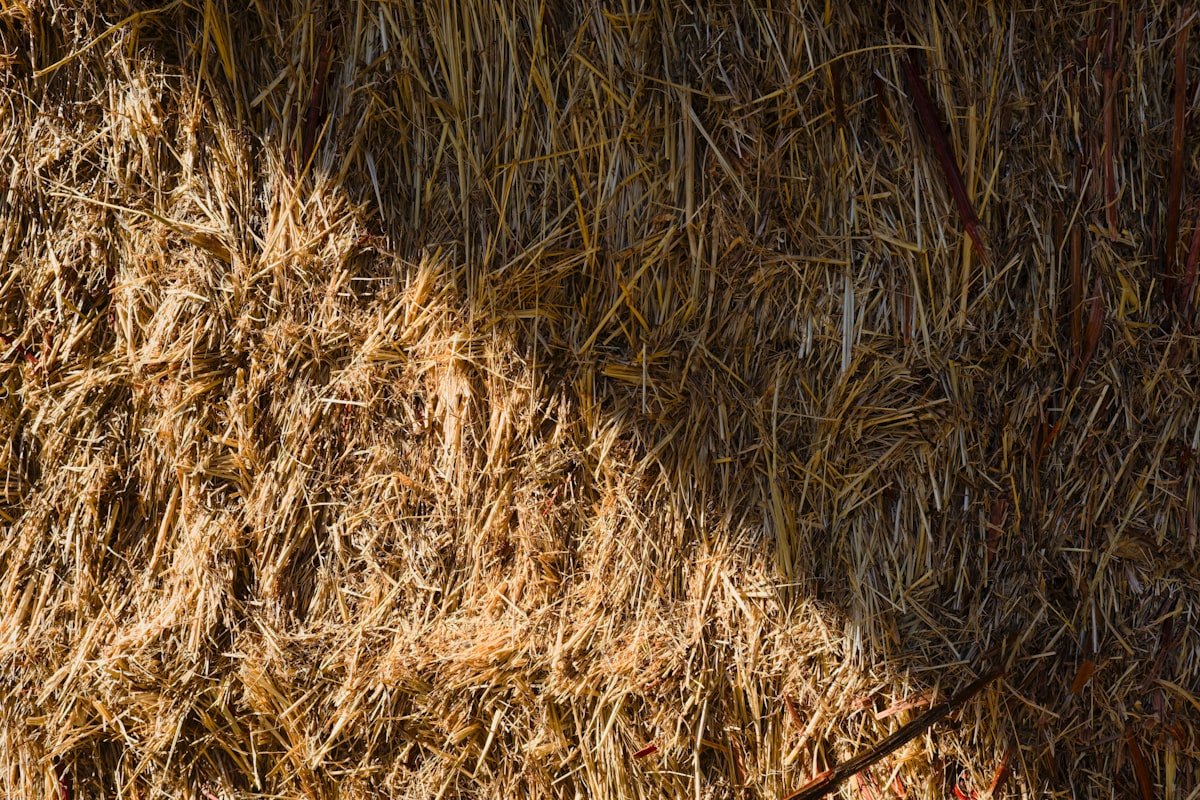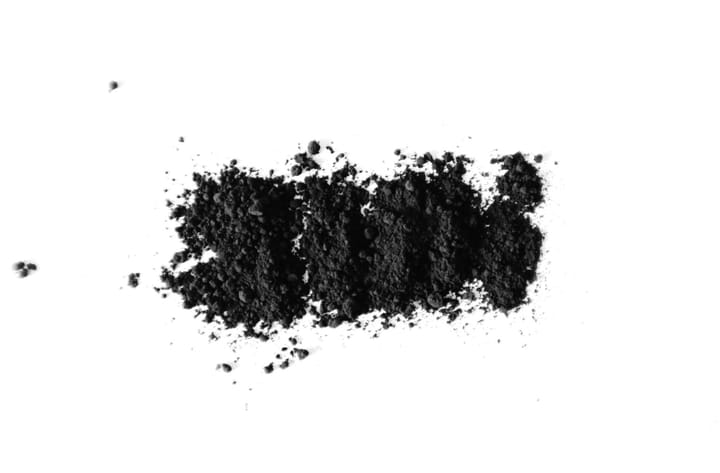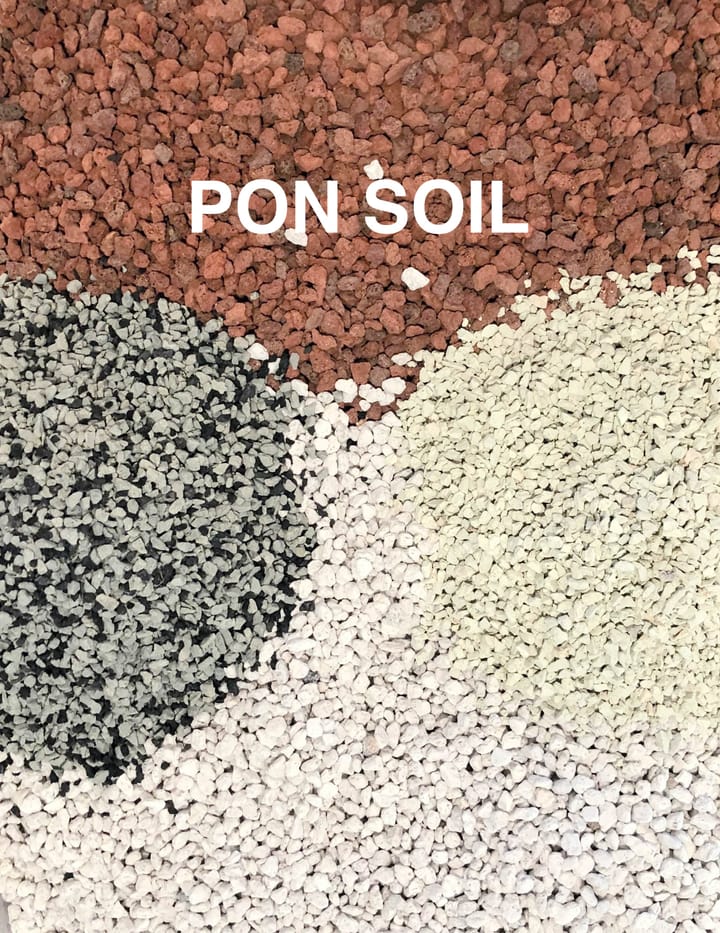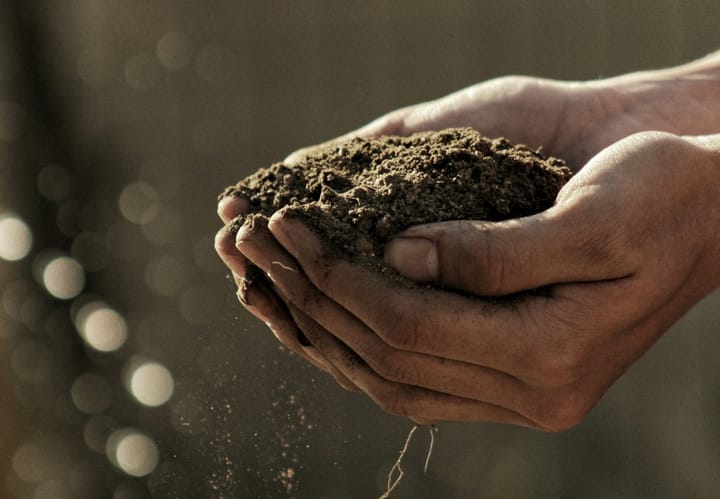Straw Mulching
Straw mulch is a versatile and environmentally friendly option for protecting and enriching your garden. Made from the stalks of grain plants such as rye, barley, oats, rice, and wheat, it is an excellent choice for those seeking an organic approach to garden care.

When applied to lawns, vegetable gardens, and small fruits, straw mulch offers numerous benefits that promote a healthier garden.
In particular, straw mulch retains moisture and prevents soil compaction, ensuring plant roots remain healthy and hydrated.
This mulch is well-loved in the organic gardening community for its ability to provide a natural and sustainable means of nurturing plants.
As a by-product of the agriculture industry, it contributes to waste reduction and supports circular economy initiatives.
Incorporating straw mulch into your gardening practice is not only an investment in the health of your plants but also a responsible choice for the environment.
By choosing straw as your garden mulch, you are taking a step towards eco-conscious gardening, promoting sustainable practices, and enjoying its many benefits.
What Straw Mulch
Straw mulch is a by-product of grain plants, including rice, wheat, oats, barley, and rye.
After threshing removes the grain and chaff, the remaining stalks are baled and used for various purposes, such as mulching gardens or providing animal bedding.
When you use straw mulch, you're making an eco-friendly choice by utilizing a natural, sustainable material.
Applying straw mulch to your garden, particularly in vegetable and small fruit plots, offers a protective layer for your plants and improves soil conditions.
As it breaks down, straw mulch adds nutrients to the soil, promotes water retention, and suppresses weed growth.
With its lightweight nature, this mulch can easily spread around your plants.
Many gardeners prefer straw mulch in their raised bed vegetable garden due to its numerous benefits.
It can also be used as a thick layer over potato beds, resulting in a more straightforward harvest and cleaner potatoes.
When choosing the right mulch for your garden, straw mulch is an excellent option that can boost both the health of your plants and the quality of your soil.
Benefits of Straw Mulch
Using straw mulch in your garden benefits both the soil and plants.
Straw mulch helps retain moisture in the soil, reducing the watering frequency and providing insulation against extreme temperatures.
Additionally, it creates a barrier to block sunlight, giving you a weed-free garden by preventing most weeds from germinating and growing.
Straw mulch also plays an essential role in maintaining healthy soil.
Adding a layer of organic material improves soil structure, promoting optimal air circulation and nutrient distribution.
As the straw decomposes, it releases nutrients into the soil, which your plants can easily absorb.
Lastly, straw mulch enhances the overall attractiveness of your garden. It provides a uniform and neat appearance, and due to its porous nature, it encourages moisture retention and proper drainage.
With straw mulch, your garden will benefit from better plant growth, reduced evaporation, and a healthier ecosystem.
Application Process
Before applying straw mulch to your garden, ensure it is clean, free of weed seeds, and separated into manageable pieces. To spread the straw mulch, gently shake it over the desired area, ensuring it does not create clumps or cover plants. Distribute it evenly, using a rake to break up any large sections that may form.
Straw mulch is best applied in a layer about 2-4 inches thick, which helps with water retention and reducing soil compaction. As you spread the mulch, be mindful of any existing plants, ensuring they have adequate space to grow without being smothered by the straw. Remember, too thick of a layer may prevent healthy growth, so striking the right balance is crucial.
Timing is essential when applying straw mulch to your garden. It's best to do it in the fall or early winter when plants enter their dormant period. This timing will allow the mulch to insulate and protect plant roots throughout the cold months. When warmer weather arrives, the decomposing mulch will enrich your soil, providing nutrients for the plants to thrive.
Straw Versus Other Mulches
When considering mulching options for your garden, you may come across various alternatives, including pine straw, wood chips, bark, shredded leaves, and grass clippings. You have to decide which type fits your specific needs. Here's a brief comparison to help you assess each option.
Straw mulch is a popular choice for vegetable gardens as it helps retain moisture, controls weeds, and adds nutrients to the soil as it decomposes. Pine straw and bark offer similar benefits, with pine straw being a good option for acid-loving plants, while bark works well as a decorative mulch around trees and shrubs. Wood chips are heavier than straw, providing better compaction and weed suppression; however, avoid using toxic wood chips.
Shredded leaves and grass clippings are readily available and serve as valuable nutrients for your garden. Leaves can be used instead of straw to suppress weeds and insulate the soil, while grass clippings are a nitrogen-rich addition to your compost pile. Remember to use only chemical-free grass clippings to avoid harming your plants.
Straw Mulch and Composting
Straw is an excellent material to use for mulching in your garden. Including straw in your compost pile is beneficial for its decomposition process and can improve the overall quality of your compost. The addition of straw helps to create air pockets and assists in maintaining proper moisture levels, both of which are essential for efficient decomposition.
In a well-maintained compost pile, straw breaks down in about one to six months. As it decomposes, it generates heat that speeds up the breakdown of other materials in the pile. Combined with other organic materials, such as manure and kitchen scraps, you can create a nutrient-rich compost that is an excellent soil amendment for your garden.
When using straw in your compost, it's crucial to ensure it comes from reliable sources and is free of seeds from weeds and invasive plants. Be cautious while using hay, as it might contain seeds that can germinate in your garden. Opting for straw as a compost material and mulch will help you maintain a healthy, eco-friendly garden and restore essential nutrients to the soil.
Potential Drawbacks
Straw mulch is popular among gardeners due to its many benefits, such as improving soil fertility and promoting healthy plant growth. However, there are some potential drawbacks to consider when using it in your garden. One of the primary concerns is that straw mulch can attract pests, such as rodents and insects. This can lead to increased plant damage and create more problems in the long run.
Another issue to be aware of with straw mulch is the possibility of mold growth, which can result from excess moisture being trapped. Mold can contribute to rot and plant diseases, especially in soil-borne conditions. In addition, straw mulch can sometimes introduce weed seeds to your garden, promoting unwanted weed growth. To mitigate this risk, use weed-free straw mulch or remove any weeds before applying the mulch.
Lastly, using straw mulch can sometimes lead to the unintended spread of invasive plant species. Some invasive plants, such as certain grasses, can easily contaminate the straw during harvesting. This contamination can lead to invasive species being established in your garden. Sourcing your straw mulch from reputable suppliers and double-checking for any invasive plants before application is essential to avoid this issue.
Cost and Availability
Straw mulch is an inexpensive choice compared to other mulching materials. On average, the cost for a standard bale ranges from $5 to $15. The actual price may vary based on factors such as the type of straw, local market conditions, and transportation costs.
When deciding on the amount of straw mulch required for your project, it is essential to consider the size of the area. One standard bale typically covers around 500 square feet when applied at a thickness of 1 to 1.5 inches. Larger projects may necessitate purchasing multiple bales for adequate coverage.
Straw mulch can be easily found at local garden centers, home improvement stores, or online retailers. Availability may vary depending on the season, location, and regional farming practices. Remember to shop for the best quality and pricing for your specific needs.
Care and Maintenance
When using straw mulch in your garden, it's essential to ensure proper care and maintenance to maximize its benefits. One important aspect is to check for weeds and perform weeding as needed regularly. Straw mulch suppresses weed growth, but occasional small weeds may still appear, which should be removed to prevent competition with your plants.
To maintain optimal soil moisture and reduce water evaporation, check the thickness of your straw mulch layer. Ideally, it should be around 2 to 4 inches thick. Make sure to replenish straw mulch if it breaks down easily or becomes too thin, as this will help retain moisture and prevent soil compaction.
Straw mulch helps with moisture retention and plays a crucial role in soil conditioning. As it decomposes, it adds organic matter to your soil, improving its structure and fertility. Turn the mulch occasionally to aid in the breakdown process and ensure its benefits are evenly distributed throughout your garden.
Conclusion
When applied correctly, straw mulch offers numerous benefits for crops and soil. For example, it improves water conservation by reducing evaporation and helps maintain soil moisture. This increases crop yields, leading to higher production rates and better crop quality.
Straw mulch also promotes root growth and enhances nitrogen utilization efficiency in plants. By integrating straw mulching into your agricultural practices, you can balance crop yields and environmental sustainability, as it reduces greenhouse gas emissions and improves soil health.
In summary, incorporating straw mulch into farming can yield significant agricultural and environmental advantages. By doing so, you'll progress towards a more sustainable, productive, and ecological agriculture system.
Frequently Asked Questions
Does straw mulch benefit vegetable gardens?
Straw mulch benefits vegetable gardens by conserving soil moisture, regulating soil temperature, and reducing weed growth. It also helps prevent soil erosion and can improve soil structure and fertility as it breaks down over time.
What are the pros and cons of using straw mulch?
The pros of using straw mulch include its affordability, moisture retention, weed suppression, and biodegradability. It also provides a habitat for beneficial insects. Cons are the potential for introducing weed seeds or pests, which may require more frequent replacement than other mulches.
Which alternatives to straw mulch are effective and affordable?
Some affordable and effective alternatives to straw mulch include shredded leaves, grass clippings, and wood chips. Each option has its benefits and drawbacks, so it's essential to consider factors such as your local climate, soil type, and specific plant needs when selecting a mulch.
How does pine straw mulch compare to straw mulch?
Pine straw mulch, made of fallen pine needles, is an alternative to traditional straw mulch. It shares similar benefits, such as moisture retention and weed suppression. However, pine straw is typically more acidic and is better suited for plants that prefer acidic soil conditions, while straw mulch works well in a broader range of gardens.
What is the purpose of straw seeding mulch?
Straw seeding mulch is used as a temporary mulch during the establishment of new lawns or grassy areas. It helps protect the soil surface and provides optimal germination conditions by retaining moisture and regulating temperature. Once the grass has been established, the straw-seeding mulch can be gradually incorporated into the soil.
Where can I find organic straw mulch for my garden?
You can find organic straw mulch at local garden centers, nurseries, or online retailers. Additionally, you might be able to source free or low-cost straw bales from local farms, making sure to verify that they are free of pesticides or other chemical treatments.


